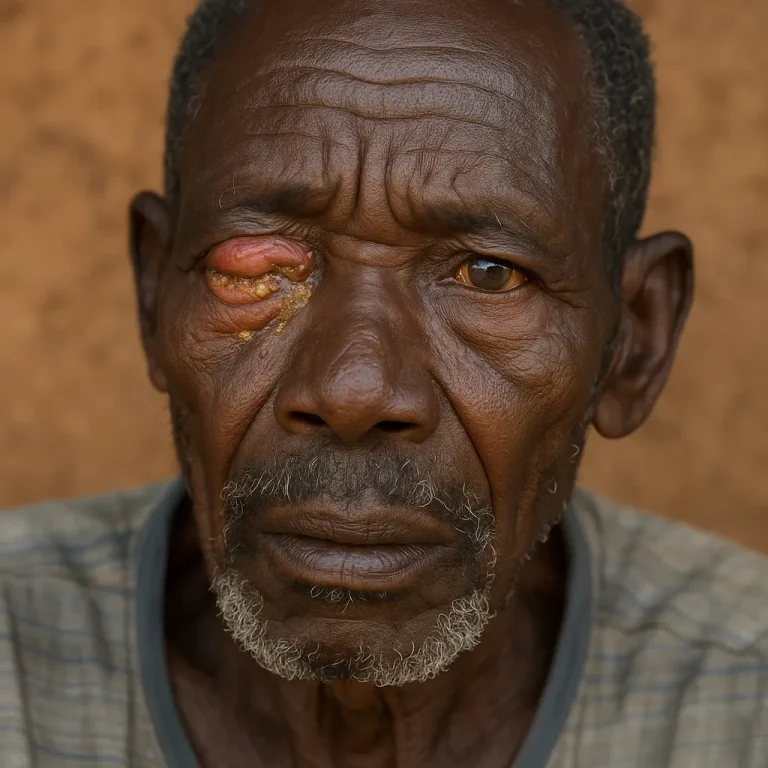Senegal has made history by officially eliminating trachoma, a debilitating bacterial eye infection, as a public health problem—bringing an end to a struggle that has lasted over 100 years.
The World Health Organization (WHO) announced the milestone following a rigorous verification process. With this achievement, Senegal becomes the ninth country in the WHO African Region—and the 24th globally—to eliminate the disease, which remains a leading cause of preventable blindness in many low-income countries.
A century-old scourge
Trachoma was first recorded in Senegal in the early 20th century, but it wasn’t until the 1980s and 1990s that the disease’s impact was formally assessed through national surveys. These studies revealed a disturbing prevalence in multiple regions, placing millions at risk.
Determined to reverse the trend, Senegal joined the WHO-led Global Elimination of Trachoma by 2020 initiative in 1998. Since then, the country has aggressively implemented the WHO-recommended “SAFE” strategy—standing for Surgery, Antibiotics, Facial cleanliness, and Environmental improvement.
Nationwide campaign, global support
Under this strategy, Senegal reached over 2.8 million people across all 24 districts where trachoma was endemic. Mass drug administration campaigns were rolled out using azithromycin, an antibiotic donated by Pfizer through the International Trachoma Initiative. In addition, tens of thousands of people underwent corrective surgery to prevent blindness caused by trichiasis, the advanced stage of trachoma.
The campaign also emphasized hygiene education and improved access to clean water and sanitation. Communities were engaged through local health workers, school programs, and partnerships with NGOs and international development agencies.
Voices of triumph
“Senegal’s success shows what can be achieved with strong political commitment, community engagement, and cross-sector collaboration,” said WHO Director-General, Dr. Tedros Adhanom Ghebreyesus. “It is a powerful example for other countries still battling neglected tropical diseases.”
Dr. Jean‑Marie Vianny Yameogo, WHO Representative in Senegal, praised the “remarkable dedication” of local health workers, government institutions, and global partners. “The elimination of trachoma in Senegal is not the end, but a new beginning,” he said, stressing the importance of surveillance and continued investment to prevent resurgence.
A pattern of public health progress
This isn’t Senegal’s first major public health victory. In 2004, it eliminated Guinea-worm disease—a painful parasitic infection—and continues to lead the way in West Africa’s fight against neglected tropical diseases.
Experts say Senegal’s achievement is the result of long-term commitment, evidence-based planning, and community-level action. With the disease no longer a public health concern, Senegal now turns its focus to sustaining gains and supporting neighboring countries still in the fight.
Global implications
Trachoma remains a threat to nearly 115 million people worldwide, primarily in Africa, the Middle East, and parts of Asia. WHO hopes Senegal’s victory will energize other countries to accelerate efforts toward global elimination.
As a once-endemic nation closes the chapter on a blinding disease, the world is reminded of a simple yet powerful truth: with sustained action and the right partnerships, even the oldest public health challenges can be overcome.


